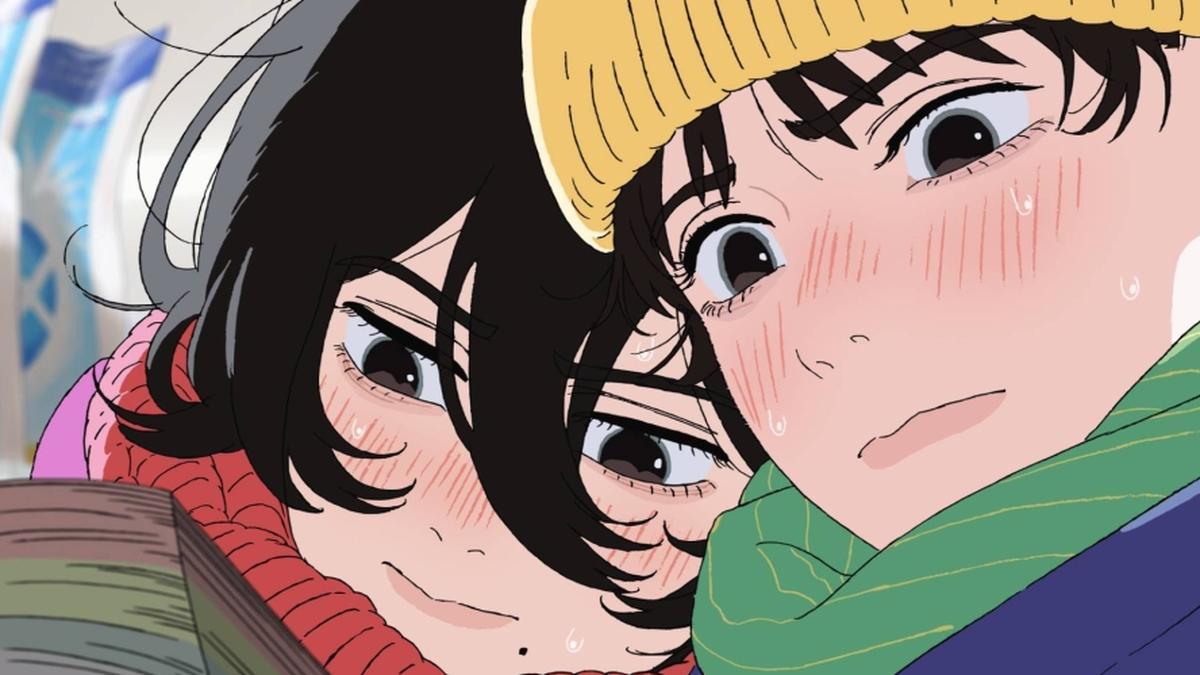
In October 1994, the cinematic landscape was bustling with high-profile releases. While Tom Hanks captivated audiences with the charming narrative of “Forrest Gump,” Quentin Tarantino unleashed “Pulp Fiction,” a film that would go on to become a cult classic. Amid this vibrant cinematic environment, another movie made its quiet entrance — “The Shawshank Redemption.” Directed by Frank Darabont, the film was an adaptation of Stephen King’s novella “Rita Hayworth and Shawshank Redemption.” Despite its compelling narrative and strong performances, it did not initially leave a significant mark at the box office.
Centered around themes of hope and resilience, “The Shawshank Redemption” was marketed with the uplifting tagline: “Fear can hold you prisoner but hope can set you free.” Yet, unlike its cinematic counterparts, its debut was overshadowed, becoming a box-office disappointment. Despite receiving seven Academy Award nominations, it failed to win a single Oscar. However, as the years rolled on, the film morphed into a beloved classic, celebrated globally for its narrative depth and philosophical undertones.
Fast forward thirty years: 2024 marks the anniversary of “The Shawshank Redemption,” now a cultural cornerstone. Celebrations were held in its honor, including guided tours of its filming locations in Ohio, drawing fans from around the world. This resurgence owes much to cable television and home-video rentals; indeed, it was the most rented film in 1995. Over time, it transcended its initial reception, occupying a prestigious place on IMDb’s list of top films. Its lasting impact reflects in quotes like “Get busy livin’ or get busy dyin’,” which continue to resonate universally.
Upon revisiting the film three decades later, its haunting beauty remains palpable. A fresh viewing harkens back to an era when stories were savored, as if by an eager cinephile on a crisp night in October 1994. The film’s opening sequences are shrouded in uncertainty and foreboding. We meet Andy Dufresne, played by Tim Robbins, standing trial for the murders of his wife and her lover, his fate gloomy and sealed by societal judgment.
Arriving at the fictional Shawshank State Penitentiary in 1947, Andy’s distinct demeanor sets him apart from his fellow inmates. Here, he befriends Ellis ‘Red’ Redding, portrayed masterfully by Morgan Freeman.
. Their camaraderie blossoms over shared dreams and simple pleasures. The exchange of a rock hammer becomes a symbolic gesture, foreshadowing Andy’s eventual bid for freedom.
Despite the grim exterior of prison life painted in stark hues—marked by violence, abuse, and a system marinated in corruption—the film presents prison as a backdrop for witnessing humanity’s resilience. Andy’s spirit refuses to be shackled by despair; instead, he nurtures hope through small acts of defiance and creativity, including the creation of a library and helping inmates pursue education.
At its core, “The Shawshank Redemption” explores the essence of redemption itself. Andy is an archetypal hero—wronged but resilient, crushed by fate yet unyielding. His journey to redemption is not just a personal one but serves as a metaphor for societal rediscovery and restoration. Through a series of harrowing events, including his daring escape, Andy exemplifies how the human spirit can transcend the darkest of circumstances.
Equally compelling is Red’s narrative arc. Through Freeman’s emotive performance, Red embodies the everyman—watchful and perceptive, but steeped in his resignation to existing within societal confines. His eventual liberation, both physically and spiritually, provides a poignant commentary on the essence of freedom.
The film challenges viewers to reflect on societal norms, ideas of justice, and redemption. It poses compelling questions: what defines a fit member of society? Is it a matter of respectability or inherent integrity? Through its portrayal of varied characters and their flawed humanity, the film transcends its initial setting, offering an exploration of hope’s power to reclaim identity and humanity.
Shawshank’s lasting legacy lies in its universal message: life, irrespective of its shadows, is worth living. The film asserts that good things endure, echoing Andy’s poignant observation: “Hope is a good thing, maybe the best of things. And no good thing ever dies.” This enduring message, like a hidden letter beneath a commonplace rock, continues to offer solace and inspiration to new generations.
Looking back, it’s unsurprising that “The Shawshank Redemption” did not garner immediate acclaim. Its profound themes and engrossing narrative required introspection and reflection—aptly lending themselves to repeated viewings over time. This intricate film invites viewers to delve deeper, offering perspectives that mature with time, much like the timeless hope it extols.










